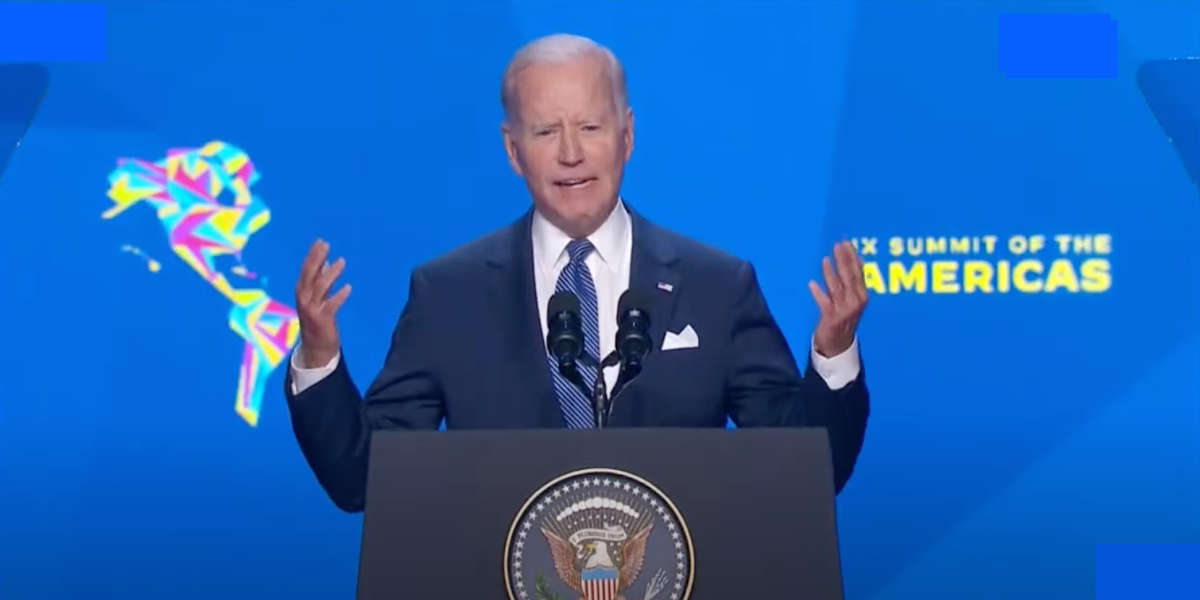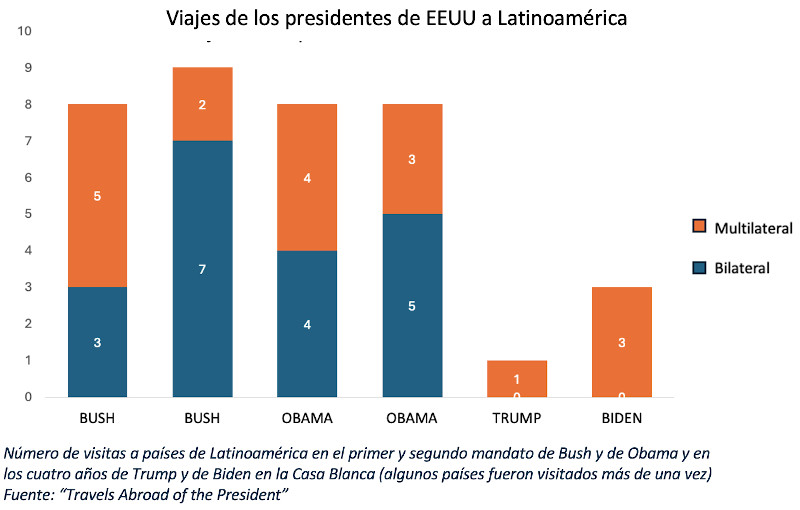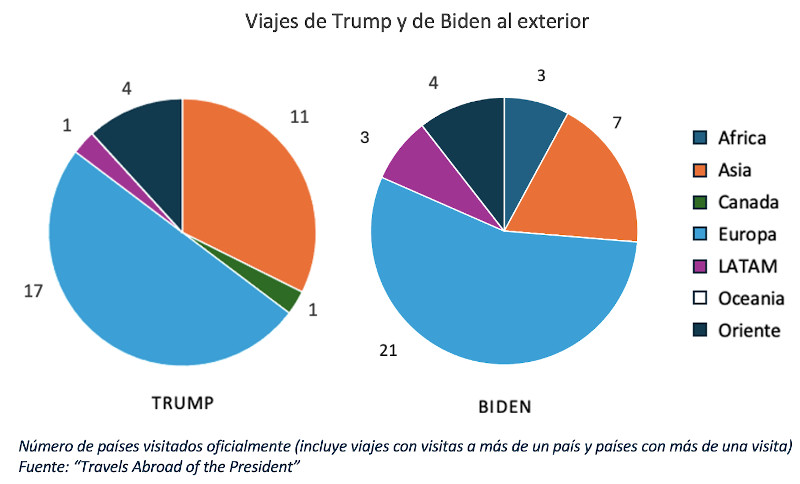In the picture
Joe Biden's speech at the IX Summit of the Americas, held in Los Angeles in 2022 [White House].
Joe Biden came into office with an electoral commitment to reverse almost everything his predecessor had done. Once in the White House, however, he did not quite act in that direction. Certainly not in the case of Latin America: he improved on Trump's ways, but maintained most of his policies, although softening his hand at some point in relation to Venezuela and, in his last days, Cuba. If Trump was absent from the region -he only visited one country, compared to the eight, some of them repeated, visited by George Bush and Barack Obama in his first term-, Biden was no more solicitous and only unpacked Trump's only visit when the Democrats had already lost the elections.
The foreign trips made by U.S. presidents throughout their term of office are a numerical confirmation of their political and economic interest in other international actors and the different regions of the world. Latin America is generally not a priority neighborhood for Washington. While Mexico and Central America are involved in issues of concern to the United States, the region as a whole occupies little of the White House's attention. The latter has been notorious in the last two presidencies.
During his first term, George W. Bush made several trips to the region, visiting eight countries and emphasizing his interest in strengthening free trade and security. In his first term, Obama also made eight visits to Latin America and focused on multilateralism and equality attention in hemispheric relations. However, his approach was less proactive compared to Bush. In contrast, Trump made only one trip to the region, in a presidency marked by a review of his predecessor's achievements. Finally, Biden's policies were not a reversal, but a partial continuity of what was established by Trump; Biden was in the end in three countries, although as in the case of Trump they were multilateral appointments that could have occurred in another part of the world.
Trump now, in his second term, has the opportunity to establish a closer relationship with the rest of the hemisphere, although his aggressive statements towards Canada, Mexico and Panama do not herald a particularly attuned relationship. In any case, if he makes more trips to Latin America, when his eight years in office are counted, he will hardly come close to Bush's total of 17 visits to countries in the region and Obama's 16.
The following is a comparison of the trips made to Latin America by the U.S. presidents who have been in the White House so far this century. Special attention is paid to the first term, in order to make the comparison more comparable, given that Biden and Trump have only been president for four years.



